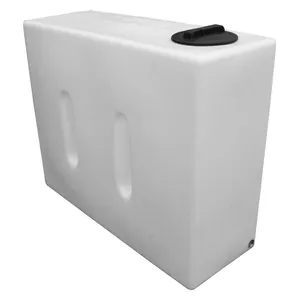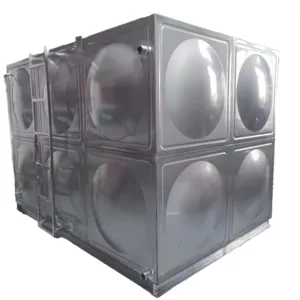Giới thiệu về bể cá 100 gallon
Alibaba.com cung cấp các sản phẩm 694 bể cá 100 gallon. Có rất nhiều bể cá 100 gallon lựa chọn dành cho bạn, chẳng hạn như nhựa, thủy tinh, và acrylic. Bạn cũng có thể chọn từ thả, thân thiện với môi bể cá 100 gallon. Cũng như từ siêu thị trường, thương mại điện tử cửa hàng, và bộ phận cửa hàng bể cá 100 gallon.Và bất kể bể cá 100 gallon là văn phòng, trang trí nội thất, hay khách sạn.













